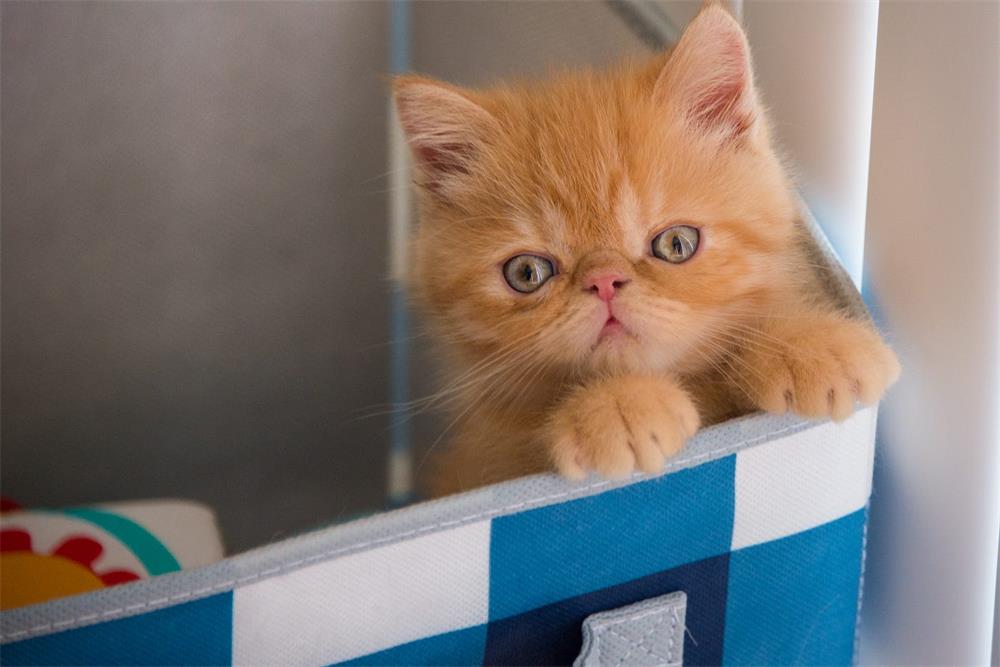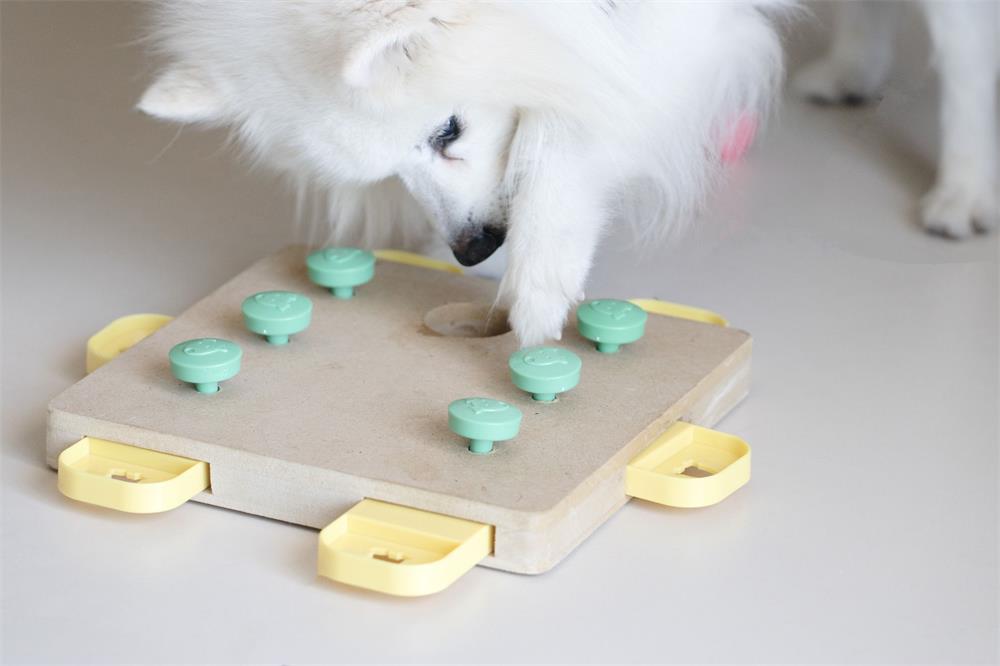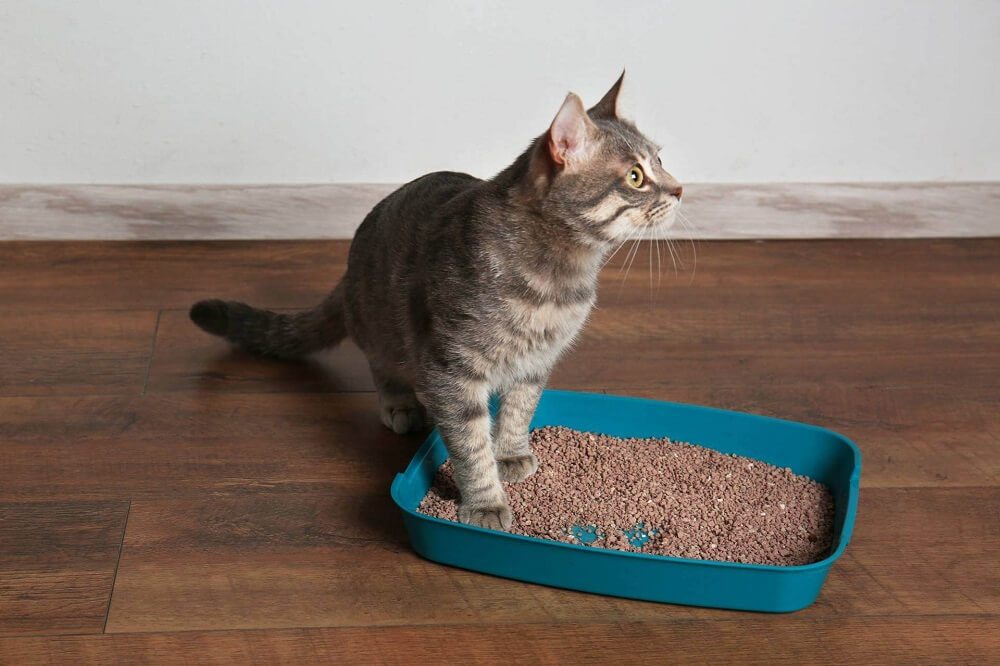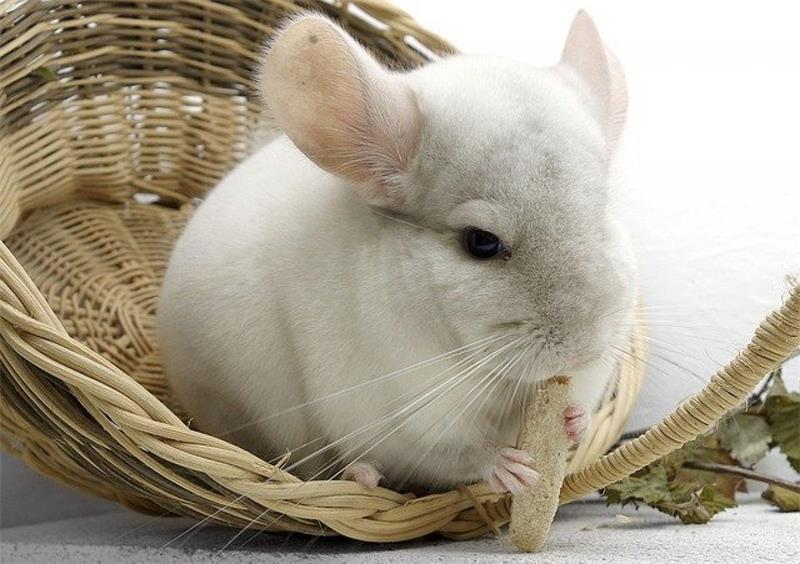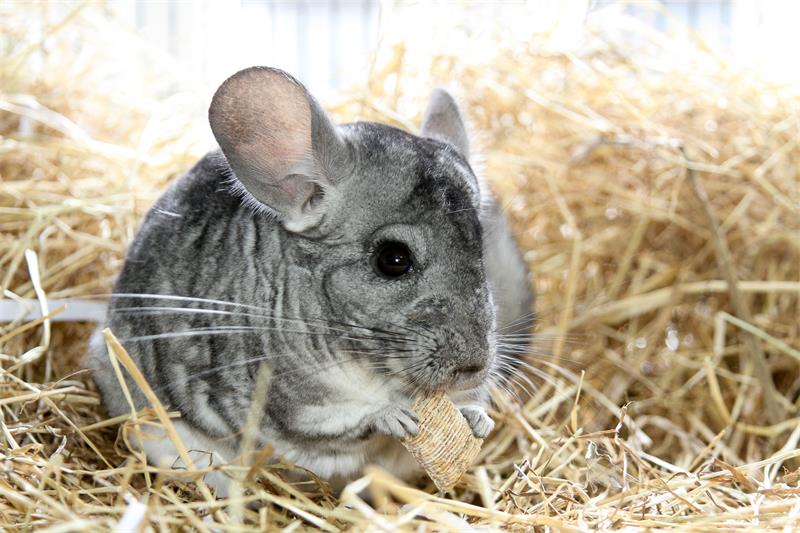If you are a cat owner, you know how frustrating it can be when your cat pees outside the litter box. Not only does it create a mess and a bad smell, but it can also indicate that something is wrong with your cat’s health or happiness. In this article, we will explore some of the common reasons why cats pee outside the litter box and what you can do to prevent or solve this problem.
Medical Causes
The first thing you should do if your cat is peeing outside the litter box is to take them to the vet for a check-up. There are many medical conditions that can affect your cat’s urinary system and cause them to pee more often, have difficulty or pain while peeing, or lose control of their bladder. Some of these conditions are:
- Feline Lower Urinary Tract Disease (FLUTD): This is a general term that covers a range of disorders that affect the lower urinary tract of cats, such as bladder inflammation, bladder stones, crystals, or urethral blockage. FLUTD can be very serious and even life-threatening if left untreated, especially for male cats who are more prone to getting blocked. Symptoms of FLUTD include straining to pee, peeing small amounts, peeing blood, licking the genital area, or crying out in pain. Treatment for FLUTD depends on the underlying cause and may involve diet change, medication, surgery, or catheterization.
- Diabetes Mellitus: This is a condition where your cat’s body cannot produce enough insulin or use it properly to regulate blood sugar levels. Diabetes can cause your cat to drink more water and pee more frequently. Other signs of diabetes include weight loss, increased appetite, lethargy, or vomiting. Diabetes can be managed with insulin injections, diet changes, and regular monitoring.
- Arthritis: This is a degenerative joint disease that causes pain and stiffness in your cat’s joints, especially as they get older. Arthritis can make it hard for your cat to climb into or out of the litter box, or to squat comfortably while peeing. You may notice your cat limping, hesitating to jump, grooming less, or sleeping more. Arthritis can be treated with pain medication, supplements, acupuncture, or physical therapy.
- Other Medical Causes: There are many other possible medical causes for your cat peeing outside the litter box, such as kidney failure, liver disease, thyroid problems, dental disease, cognitive dysfunction, blindness, or post-declaw pain. Your vet will need to do a physical exam and run some tests to diagnose the exact problem and prescribe the appropriate treatment.
Behavioral Causes
If your vet rules out any medical issues for your cat’s peeing problem, then you need to look at the behavioral factors that may be causing it. Cats are very sensitive and particular about their litter box habits and may pee outside the litter box for various reasons such as:
- Litter Box Aversion: This is when your cat dislikes something about their litter box and avoids using it. This could be due to the location, size, shape, cleanliness, type of litter, or number of litter boxes available. For example, your cat may not like sharing a litter box with another cat, or may not like a covered litter box that traps odors inside. To prevent litter box aversion, you should provide your cat with at least one litter box per cat plus one extra, place them in quiet and accessible areas away from food and water bowls, clean them daily and change the litter regularly, and use an unscented clumping litter that mimics natural sand. You can also try different types of litter boxes and litter until you find what your cat prefers.
- Marking Behavior: This is when your cat sprays urine on vertical surfaces such as walls or furniture to communicate with other cats or mark their territory. Marking is more common in unneutered male cats but can also occur in females or neutered males. Marking can be triggered by stress factors such as changes in the household (new people, pets, furniture), outdoor cats roaming around your yard or window, or conflicts with other cats in the home. To reduce marking behavior, you should spay or neuter your cat if they are not already, provide them with enough resources (food, water, toys, scratching posts, hiding places) to avoid competition, block their view of outdoor cats with curtains or window film, and use synthetic pheromones or calming supplements to help them feel more relaxed.
- Poor Litter Training: This is when your cat has not learned to use the litter box properly or has forgotten how to do so. This can happen if your cat was taken away from their mother too early, if they were not exposed to a litter box as a kitten, if they had a bad experience with the litter box (such as being startled, punished, or trapped), or if they have cognitive decline due to old age. To improve your cat’s litter training, you should reward them with praise or treats when they use the litter box correctly, never scold or rub their nose in their pee, and clean any accidents with an enzymatic cleaner to remove the smell.
When To Seek Professional Help
If you have tried all the above tips and your cat is still peeing outside the litter box, you may need to consult a professional cat behaviorist who can help you identify and address the root cause of the problem. A behaviorist can also teach you how to modify your cat’s behavior using positive reinforcement and environmental enrichment. You can find a certified cat behaviorist through the International Association of Animal Behavior Consultants (IAABC) or the American College of Veterinary Behaviorists (ACVB).
Conclusion
Cats peeing outside the litter box is a common and frustrating problem for many cat owners, but it can be solved with patience and understanding. The first step is to rule out any medical causes with your vet, then try to make your cat’s litter box as appealing and comfortable as possible. You should also reduce any stress factors that may be causing your cat to mark their territory or feel insecure. If all else fails, seek professional help from a cat behaviorist who can offer more personalized advice and guidance. By following these steps, you can help your cat enjoy a happy and healthy life and keep your home clean and odor-free.


